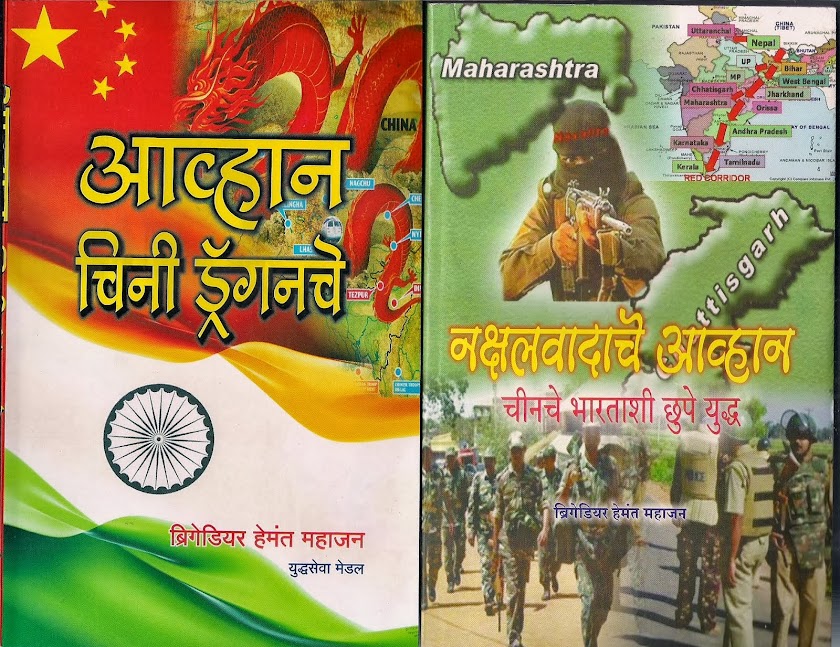http://www.newindianexpress.com/opinions/2016/oct/11/new-dawn-for-india-sri-lanka-relations-1526886--1.html
By P K Balachandran | Published: 11th October 2016
Historically, relations between India and Sri Lanka have been fraught with controversies and even high tension at times. There has always been an atavistic fear in Sri Lanka of being dominated by India, the Big Brother just 30 nautical miles away from the island’s northern tip. The fear became acute with the brazen Indian political and military intervention to settle the Tamil question in the island nation in the 1980s.But now, due to the evolution of new thinking in the corridors of power in New Delhi and the change of regime in Colombo brought about by the Presidential and parliamentary elections of 2015, the two countries appear to have broken away from the past and are moving towards mutual understanding.
Having learnt lessons from recent history, the two countries now recognize the legitimacy of each other’s concerns and are addressing them in a spirit of give and take to ensure that both operate within their respective comfort zones. The change was evident even in the body language of Indian and Sri Lankan leaders during the visit of Sri Lankan Prime Minister Ranil Wickremesinghe to New Delhi in the first week of October. Several issues were resolved amicably. One of the outstanding features of the detente is India agreeing to fast track negotiations on the Economic and Technical Cooperation Agreement (ETCA) and sign the pact by the end of this year.
India had not originated the idea of an ETCA and did not want to rush into it, having had a bitter experience with trying to sign a Comprehensive Economic Partnership Agreement (CEPA) with Sri Lanka in 2008. CEPA would have promoted Indian investment in Sri Lanka and helped the latter avoid the debt crisis it has been in. But fuelled by entrenched fears of Indian domination, the Mahinda Rajapaksa government had cancelled the deal at the last moment, much to India’s chagrin. But, unlike the Rajapaksa regime, the incumbent Maithripala Sirisena-Ranil Wickremesinghe government wants to build Sri Lanka economically through close links with India, especially the four South Indian states, which, together with Sri Lanka, have a combined $500 billion economy, as Wickremesinghe keeps saying. By touting close relations with South India, including Tamil Nadu, Prime Minister Wickemesinghe is signaling that Sri Lankans, at least in the top echelons, have begun to shed their fear of Tamil Nadu, which is suspected of inspiring Tamil separatism in north Sri Lanka. Although India was disappointed with the cancellation of the coal-fired 500 MW power project in Sampur, it has been asked to set up an LNGfired plant there.
However, when ETCA was proposed by Wickremesinghe in 2015, India was cautious. Indian Commerce Minister Nirmala Sitharaman said in Colombo only recently, that India wants to negotiate ETCA “in detail” consulting all stakeholders “on both sides” and that there could be no time frame for concluding the talks. But Sri Lanka wanted ETCA fast and Wickremesihghe has now got Indian Prime Minister Narendra Modi to agree to sign it by year end. Since the mood in New Delhi is to accommodate Sri Lanka, Modi gave in, leaving it to Wickremesinghe to mitigate opposition to the pact from the protectionist lobbies in Sri Lanka. But India also got what it wanted from Sri Lanka. India will now build roads from Jaffna to Mannar; Mannar to Colombo; and from Mannar to Trincomalee. Wickremesinghe gave in to this as he is aware that the Indians can build roads at one fourth the cost quoted by the Chinese.
India will also build an oil refinery in Trincomalee to produce 100,000 barrels of petroleum per day, and go into a joint venture with Colombo to refurbish and use 84 giant oil tanks in Trincomalee. Two Indian firms will build a container terminal in Colombo harbour.If ETCA is signed, Indian investments will flow into Sri Lanka to make the island’s production facilities part of the Indian and international value chain. In the process, Sri Lanka will lessen its humongous debt burden of $65 billion, $48 billion of which is owed to China alone. It will also improve its relations with China which wants to invest in Sri Lanka partnering private and international firms rather than give loans to the government.
Despite several visits to China, Sri Lankan leaders have not able to convert the debt into equity in loss making state-owned projects which were built with expensive Chinese loans. In fact, China would like to partner with Indian firms in its $ 1.4 billion Colombo Financial City project. In strategic terms, Wickremesinghe has assured India that unlike Rajapaksa, he will not allow China to build harbours to contain India militarily and that there will be no secret visits by Chinese nuclear submarines. China itself has said that its “String of Pearls” project of harbours are purely commercial projects. But it’s not going to be smooth sailing all the way.
Nationalistic and protectionist lobbies, headed by former President Rajapaksa are still strong and have the support of media. The fear of Indian domination runs deep in the Sri Lankan psyche, although a section of leaders and the intelligentsia want close ties with India. As to what might happen if Rajapaksa comes back to power is anybody’s guess. Therefore, India should be prepared for upsets. It should not venture into very expensive investments or sweeping asymmetrical commitments. Nirmala Sitharaman has hinted that India’s approach will be hard headed. But in its part, India must attend to Sri Lanka’s practical difficulties in trading with India. Non-recognition of Sri Lankan standards, apathy of Indian officials, and unreasonable restrictions to the entry of Sri Lankan goods, are areas in the existing Free Trade Agreement which need urgent attention. Above all, optics is very important: India must see that its footprint in Sri Lanka is not too large

No comments:
Post a Comment